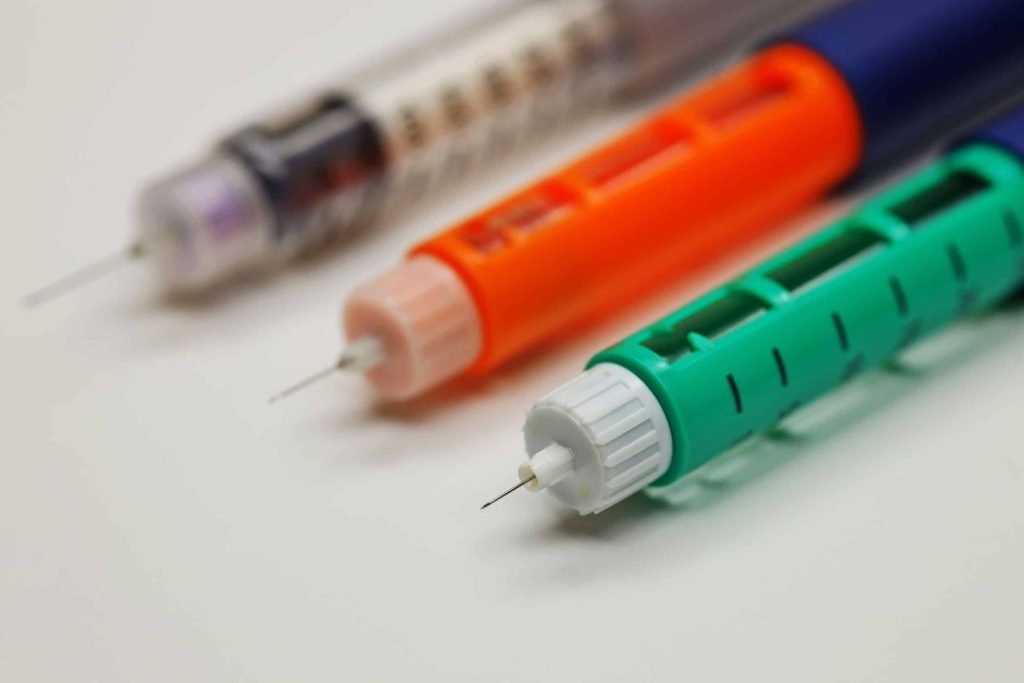**Levemir vs Tresiba: A Thorough Comparison**
When managing [Type 1 and Type 2 diabetes](https://bridgecanhealth.com/type-1-vs-type-2-diabetes/), Levemir and Tresiba are two popular insulin brands that come to mind. But how do you decide between them? Read on to discover the distinctions between these two insulin options.
## **Introduction to Tresiba**
[Tresiba](https://bridgecanhealth.com/shop/insulin-tresiba-flextouch-200u-ml-3ml/) (insulin degludec) is a long-acting insulin that becomes active several hours after injection and stays effective for up to 24 hours. Its prolonged effect means that multiple daily doses aren’t required.
Available in both vials and the prefilled FlexTouch pen, [Tresiba](https://bridgecanhealth.com/shop/insulin-tresiba-flextouch-100u-ml-3ml/) can be prescribed for adults and children with Type 1 and Type 2 diabetes, though it’s not recommended for children under one year old.
The FlexTouch pen comes in two concentrations: U-100 with 300 units of insulin and U-200 with 600 units.
## **Introduction to Levemir**
Levemir, another long-acting insulin, contains insulin detemir. It starts working a few hours after injection, with effects lasting up to 24 hours, making it comparable to Tresiba.
[Levemir](https://bridgecanhealth.com/shop/insulin-levemir-penfill-100u-ml-3ml/) is commonly used to treat both pediatric and adult patients with Type 1 and Type 2 diabetes. It’s recommended for children aged two and older.
It is available in FlexTouch pens, typically holding 300 units, and in vials accessible at most pharmacies.
## **Key Differences Between Tresiba and Levemir**
The primary difference between these insulins is their active ingredients. Tresiba contains insulin degludec, while Levemir includes insulin detemir. Despite the distinct compositions, they have similar onset and duration.
Both insulins manage Type 1 and Type 2 diabetes effectively in adults and children. Tresiba offers more flexibility with two dosage units (300 and 600), whereas Levemir comes in only one (300).
Once opened, both insulins can be stored either in the refrigerator or at room temperature, with usage periods of 42 days for Levemir and 56 days for Tresiba.
## **Side Effects of Tresiba and Levemir**
Common side effects of both Tresiba and Levemir include:
– Hypoglycemia
– Weight gain
– Headaches
– Runny nose
– Sneezing
– Sore throat
– Injection site irritation
Tresiba may also cause:
– Low blood glucose (hypoglycemia)
– Allergy symptoms
– Injection site reactions
– Redistribution of body fat (lipodystrophy)
– Itching
– Rash
– Swelling
– Weight gain
– Runny or congested nose
– Upper respiratory tract infection
– Headache
– Sinusitis
– Stomach discomfort or upset
– Diarrhea
Levemir side effects can include:
– Pain, redness, and irritation at the injection site
– Swollen hands or feet
– Skin thickening at the injection site
– Weight gain
– Headache
– Backache
– Abdominal pain
– Flu-like symptoms
